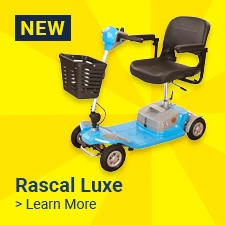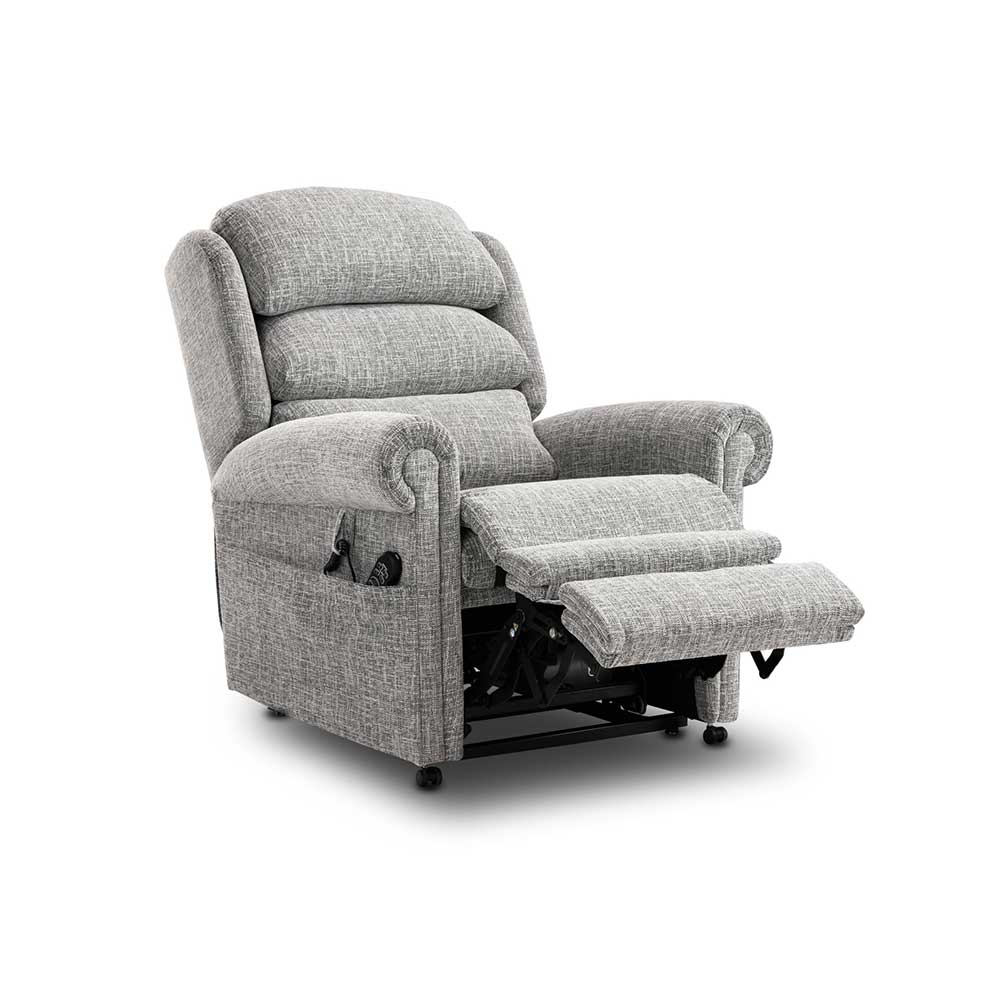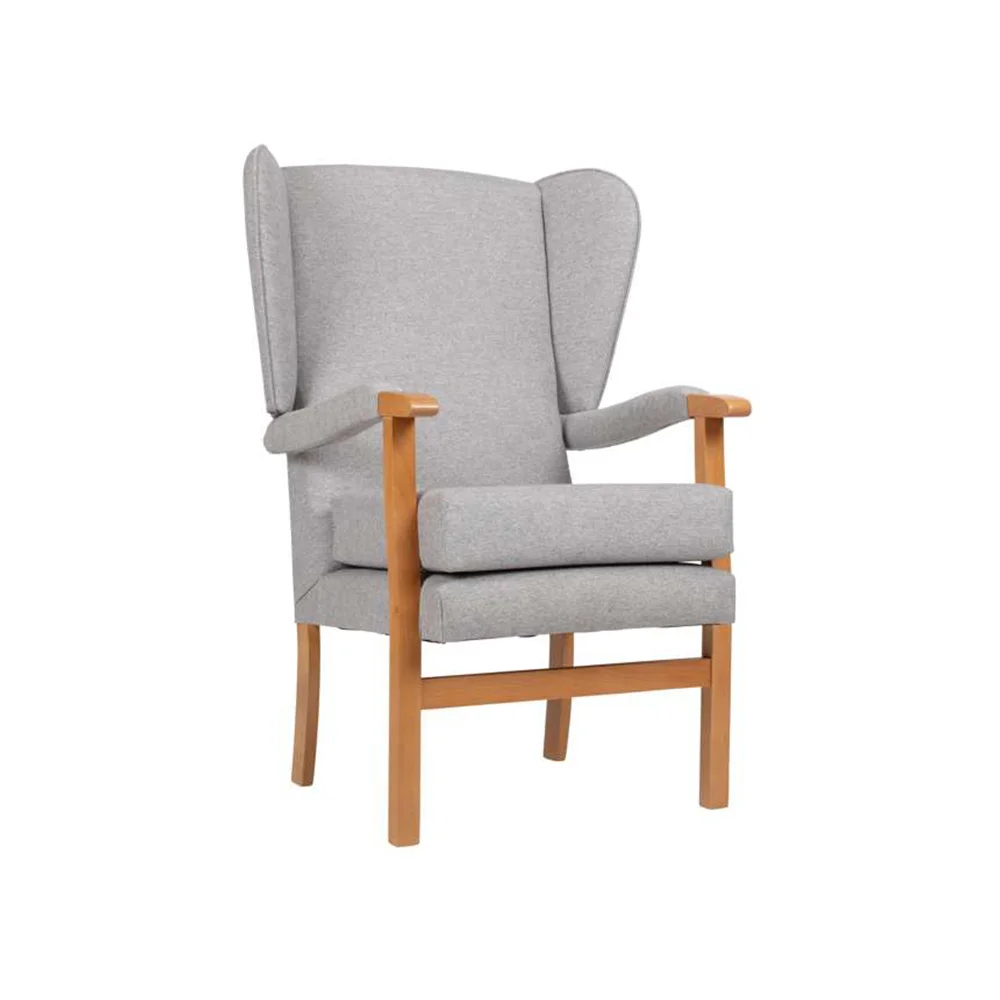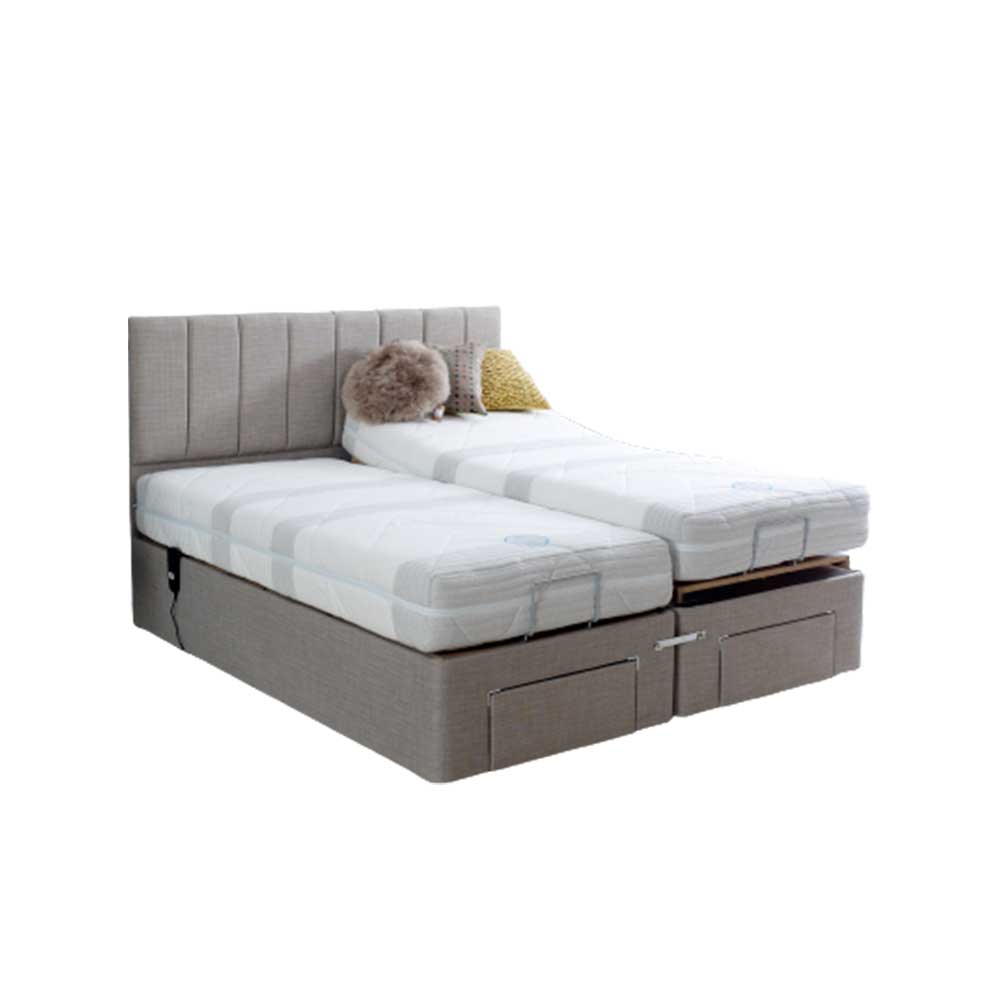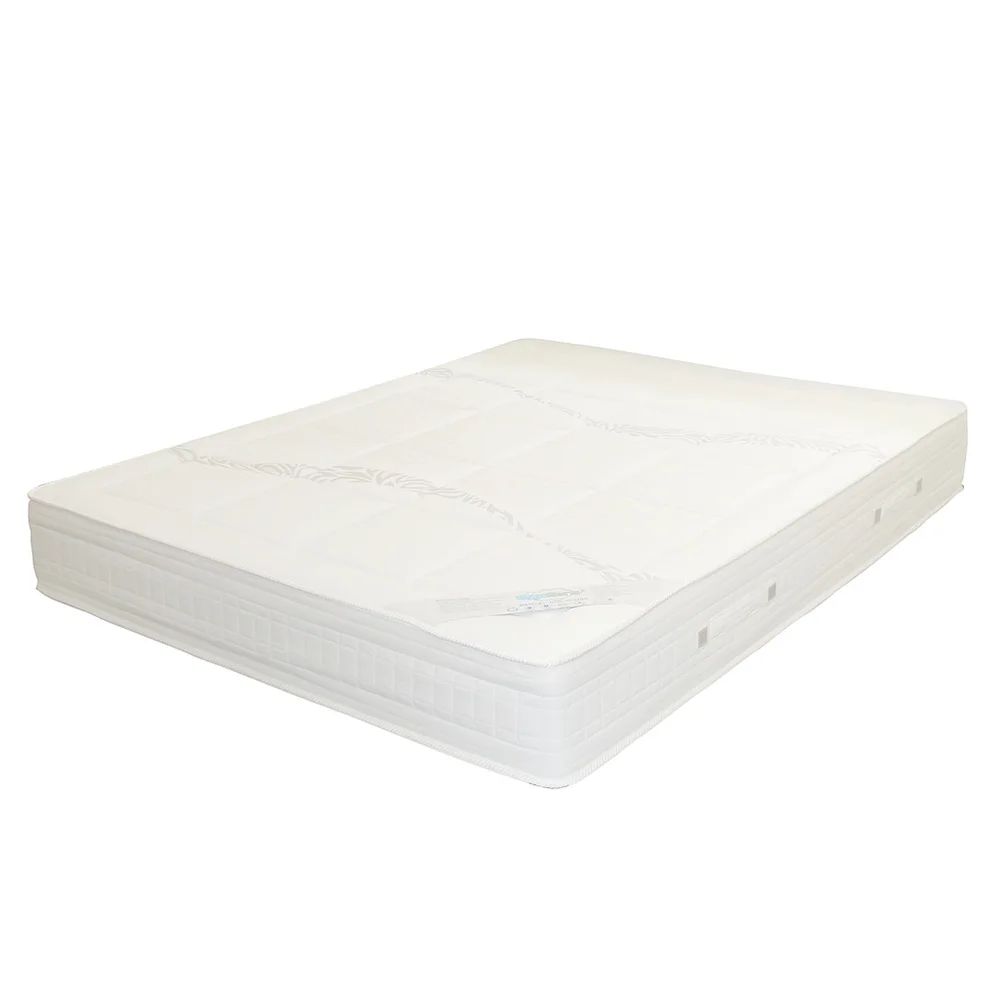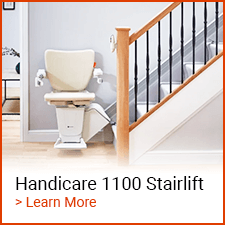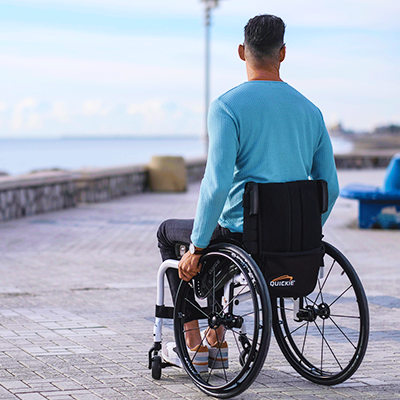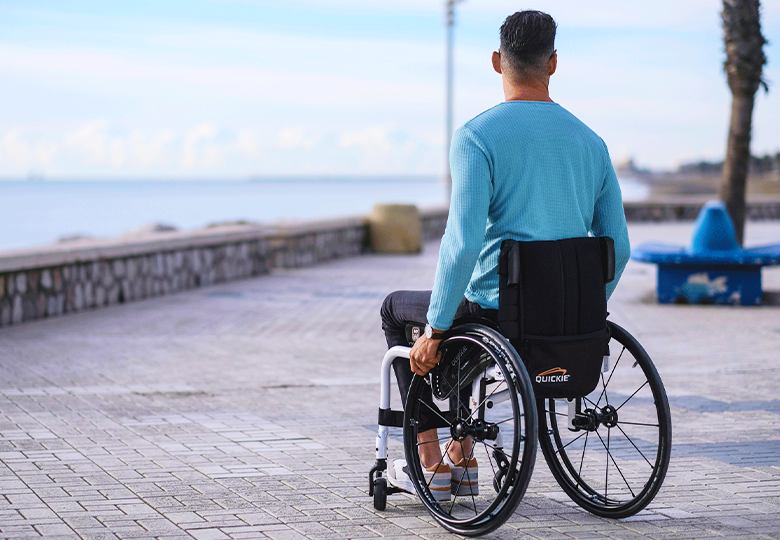
An Option For Everyone
For wheelchair users, reaching a point where effective, regular exercise is possible may seem unattainable. It’s important to know that no matter what your level of mobility is, there will be an activity or exercise out there that you can do.
The health and mood benefits of being active as a wheelchair user are numerous. Building your strength, confidence, and stamina can help in managing your condition and any challenges it may bring in daily life, while the act of exercise releases hormones that boost your mood and reduce feelings of stress.
Slow and Steady
Your current physical ability and mobility levels will dictate the kind of activities or exercises you can do, especially if this is just the start of your wheelchair fitness journey. Since everybody is so different, the specific exercises we recommend will depend on the parts of the body you wish to strengthen, as well as what you are innately able to do. Regardless of your end goals, for beginners, we recommend you start with 10 minute exercise sessions and gradually move up to 20 minute exercise sessions.
Exercises That Strengthen The Muscles In The Upper Body And Chest
Strengthening your upper body is best done by focusing on certain muscle groups at a time. A strong upper body – arms, chest, core, shoulders, and back – is an excellent goal for users of self-propelled wheelchairs, whose constant use of their arms can lead to tight shoulders, sore arms, and a weaker back.
Arm Cycle
There are many different gym machines that have been adapted for wheelchair users, one of which is an arm cycle. An arm cycle is a piece of equipment that is like a bicycle that you can pedal with your arms and is a great tool for working on and strengthening your upper body strength. This piece of equipment can be used with a seat and without a seat if you prefer to stay seated in your wheelchair.
Chest Squeeze
The chest squeeze can be performed both at home or in the gym, using either a medicine ball or no additional equipment at all. If you prefer to do the exercise without a ball you can press your palms together.
- Sit up straight, either in your wheelchair or with your back against a flat surface.
- Make sure to engage your abs as this will support your back muscles and hold the ball or press your palms together at chest level.
- Squeeze the ball to work on the chest muscles.
- Push the ball forward and continue squeezing until your elbows are almost straight.
- Bring the ball back to your chest slowly and repeat the exercise.
Tummy Twists
Tummy twists are a seated wheelchair exercise that strengthens your core and ab muscles.
- For this exercise you should sit up straight with your abs engaged and your feet flat on the floor.
- Once in this position, you should hold your arms in front of you with your elbows by your side and your forearms extended at a 90-degree angle in front of you.
- Twist your upper body to the right for as far as you can comfortably go, twist back to the centre then repeat the motion to the left.
Arm Cycle
For stronger, more flexible shoulders, shoulder retractions are a superb exercise, and a great place for beginners to start.
- Sit up straight and engage the abs to support the back muscles.
- Hold both of your arms out in front of you at shoulder level with your palms facing downwards.
- Make a fist with your hands.
- Bend your elbows and pull your arms back until your elbows are slightly behind you, squeeze your shoulder blades as you do so. Repeat the motion.
Exercises That Strengthen The Leg Muscles
Sitting in a wheelchair can cause a loss of strength in leg muscles. To retain or even build more leg strength, there are a few limited mobility exercises which you can do from the comfort of a chair, wheelchair, or any supportive seated position.
Toe Taps
Toe taps can help build strength all the way for your calf to your knee, as well as being a good way to keep your core, quads, glutes, and hamstrings strong and flexible.
- Sit up straight with your abs engaged and your feet flat on the floor.
- Push your toes up to the ceiling then back down to the floor.
- Once you are ready to make this exercise harder, extend one leg out straight In front of you, do the toe taps with the foot on the floor then switch legs.
Knee Raises
For maintaining or improving hip flexibility and balance, and strengthening the lower abdominal area, knee raises are a great exercise that can easily be altered based on your starting ability level.
- Start with both of your feet flat on the floor.
- Bend your leg and raise one of your knees to the highest comfortable position for yourself.
- Lower the leg and repeat with the other one.
- If you would like to make this exercise harder for yourself you can count to 5 before lowering your leg.
Seated Pedalling
The Pedal Exerciser has been designed for low-impact rehabilitation and exercise. It features a Digital Display on-board computer that shows exercise time duration, calories consumed, cycles and revolutions per minute. With adjustable levels of resistance, this tool allows you to progressively increase in effort at a pace that works for you.
- Find a secure but comfortable upright seated position. A dining chair with a back is a good example, and a chair with armrests might be good for those who need extra support.
- Place your feet in the pedals and rotate as you would if riding a bicycle.
- Experiment with patterns of cycling forwards and backwards, speeds, and durations to find what works for you.
More Opportunities for Movement
Swimming
Many swimming pools offer pool therapy programmes for wheelchair users.
Many people with mobility issues that affect their legs find that water-based activity such as water aerobics is beneficial as it supports the body and reduces the risk of muscle or joint pain.
Parasport
If you feel like you are ready to participate in activities or look at joining a Parasport group, you can find local groups to you easily online or through social media and disability forums.
From seated dance classes to wheelchair-specific sports such as wheelchair tennis and wheelchair basketball, any level of accessible sports activity is a fantastic way of meeting like-minded people, staying active and doing something you love!
How To Stay Safe While Exercising In A Wheelchair
Staying safe while you are exercising should always be a top priority for any exercise enthusiast, even if you plan to carry out your exercises from the safety of a wheelchair. Here are a few tips and tricks to help you stay safe:
If You Experience Pain - Stop
If any pain occurs while you are exercising you should stop immediately. This will prevent injury or lasting pain in your muscles. You should also stop exercising if you experience any light-headedness, discomfort, chest pains, dizziness or nausea.
Drink Plenty Of Water
Staying hydrated should be a high priority when you exercise, especially if your body is not used to it. Your body performs best when it is well hydrated, so keep a pre-prepared water bottle or drink nearby.
Wear Appropriate Clothing
You should wear clothing and footwear you feel most comfortable in that won’t restrict your movements or cause you any discomfort.
Avoid Exercising On A Injured Body Part
You should avoid exercising an injured body part in case you exacerbate the injury. If your upper body is injured, for example, exercise your lower body instead or vice versa. If you are exercising again after an injury has healed you should start slowly and gradually build up the weight again. Remember to be patient with your body.
Stretch Before You Start
Warming up and stretching before you take part in any physical activity can prepare your body and can help prevent sore muscles and joints. Similarly, after your exercise, you should cool down and stretch.
Chair Yoga
A lot of Yoga poses can be adapted depending on your mobility, weight, age and any injuries you may have. Chair Yoga is ideal to improve flexibility, increase your strength, boost your morale and reduce joint strain.
You can do chair yoga nearly anywhere, including in your wheelchair.
Getting You Moving
We hope these exercises provide a starting place for your wheelchair fitness journey! Whatever your goals, we want to remind you to take things slow to start with, listen to your body, and be proud of any progress you make, no matter how ‘small’ you may think it is.
At Modern Mobility, we are dedicated to helping people get moving again by providing them with the expert guidance they deserve when looking for mobility solutions. From wheelchairs and powerchairs to mobility scooters, stairlifts, walking sticks, and so much more, we are here to help you find the right tool to transform your day to day life.
For the more agile wheelchair user, our range of active wheelchairs could hold the perfect mobility solution for you. Specifically designed for wheelchair users who love to move, stay as fit as possible, or even participate in sport, active wheelchairs can help users discover a whole new world of mobility and freedom.
Ready to unlock your independence with a mobility aid that works for you? Our friendly, approachable experts are just waiting for your call or visit. See us in store in our Blackburn, Clitheroe, Chorley, or Leicester locations, give us a call, or get in touch online now!
New to using a wheelchair? Our guides on ‘How To Make Your Home Wheelchair Accessible’ and ‘Is A Self Propelled Wheelchair the Right Choice for You?’ might be helpful. You can also read all of our wheelchair-related articles here.
